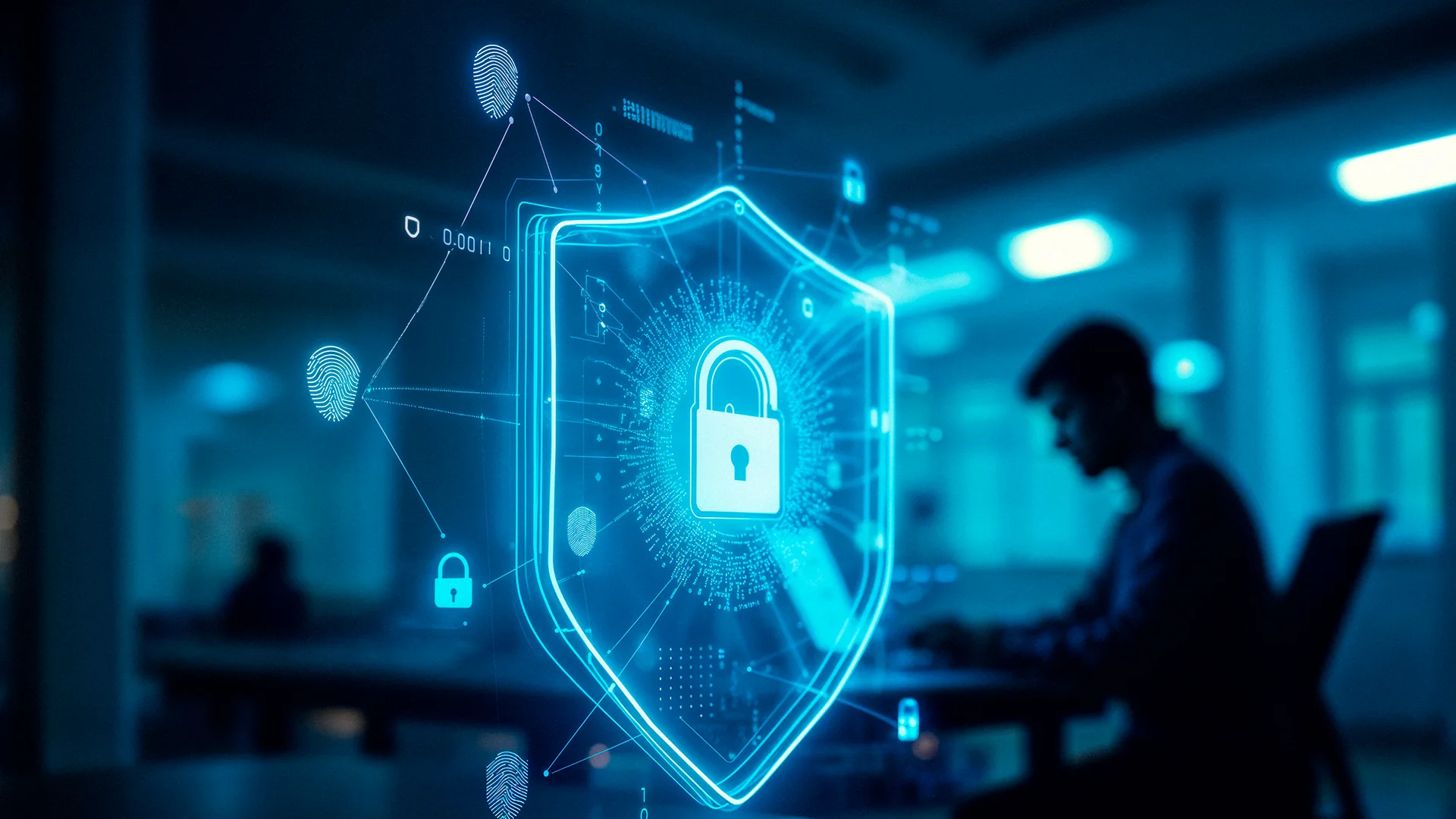It is no longer uncommon to hear of cases of cyber threats in the present-day digital era. Organizations, regardless of size, are always at risk since these threats are now part and parcel of the business environment. Businesses today have to deal with risks such as ransomware and phishing daily, unlike ever before. Today, what used to only affect the big players in the business is now a day-to-day issue among the small and medium enterprises.
The real question is no longer if a cyberattack will happen, but when. For this reason, the concept of cyber resilience is increasingly being regarded as one of the fundamental elements of contemporary business strategies.
Why Cyber Resilience Matters
Cyber resilience is more than just having strong defenses in place. Firewalls and passwords are important, but resilience means preparing for the unexpected and being ready to adapt quickly. The real measure of resilience is not whether every attack can be prevented it’s how effectively an organization can recover and keep moving forward when an attack occurs.
This shift in thinking has sparked a broader conversation about how to build resilience, not just security. This is the reason resources like the Moonlock blog are important; they give helpful advice, real-world examples, and current news that make it possible for users to be ready for the constantly evolving world of cyber risks.
Beyond Cybersecurity: Why Resilience Matters
In the past, cybersecurity emphasized the aspect of being able to defend. Resilience takes this a little further. It refers to the capability of an organization to continue with its operations even after experiencing some form of disruption.
It is a change of attitude whereby, rather than being so sure that one can stop each attack, some modifications are made so that the systems cause as little harm as possible and can be brought back online quickly. Such an approach not only secures the state of the art of technology but also protects reputation, customer trust, and long-term business goals.
Key Elements of Cyber Resilience
Building cyber resilience requires a holistic approach. It’s not a single product or policy but a culture and a strategy. Successful organizations focus on:
1) Preparedness: Regular risk assessments and scenario planning.
2) Response: Clear incident response plans and well-trained teams.
3) Recovery: Systems and processes designed for quick restoration.
4) Adaptation: Learning from each incident to become stronger over time.
The Human Factor
A company cannot be resilient solely through technology. People are important, too. Very often, it is the workers who stop attacks like phishing or social engineering.
When the workers are taught how to see emails or requests that are not normal, they become part of the cybersecurity solution. This makes it almost impossible for cybercriminals to take over. In other words, stopping attacks is something everyone in a company must help with not just the IT department.
The Business Case for Resilience
Investing in cyber resilience isn’t only a way to defend yourself but also a bright idea for business. It can cost a lot of money when your systems are down because of cyber attacks. This includes things like not being able to work as usual, postponing things that are important, and using up extra finances. Sometimes, if a breach is severe, it can also affect the way the public feels about your company for a long while.
These kinds of problems do not have straightforward solutions, and they can end up taking a toll on staff members’ mental health or causing other companies to lose faith in their abilities. Innovation takes a hit when people have to direct their energy elsewhere, and sometimes business owners have to pay fines because they did not meet specific requirements for their industry.
Trustworthy businesses in some fields might find that clients are willing to stick around even when they make a mistake or that partners seek them out more often. Growth opportunities abound when reputation is good and revenue is stable.
Integrating Resilience into Strategy
In order for resilience to be incorporated into business strategy, leaders have to give it more importance than just viewing it as a technical matter. It should be talked about when the board of directors is discussing things like expansion of the market and financial planning.
There needs to be rules made in such a way that they take into account safety without stopping new ideas. One thing companies can do is think about what could go wrong and how they would keep things going if it did – before using the latest technology tools or services. If they make resilient choices when they are planning, people who work for the business will feel freer to create and innovate.
Culture of Continuous Improvement
Simply having rules in place isn’t enough to make it so that your company can resist attacks from cybercriminals – you need to create a hunger within for always getting better. Your employees should be free to talk about possible issues, and there should be a feeling among everyone that they themselves play a part in keeping digital things safe.
If you regularly have practice sessions where teams can see how well they’d do in real life, it won’t be as stressful if something does happen. Instead of thinking of cyber resilience as something only tech people need to know about, if staff feel that it’s connected to lots of parts of their jobs, they will be more likely to come up with ideas for how to make things better.
Looking Ahead
The reality is that cyber threats are here with us to stay. Furthermore, they will become more advanced in the future. However, organizations that decide to put their resources into being able to recover quickly from them will be ready for whatever comes.
It is not just about surviving when a cyber attack happens, but also being able to grow even if something unexpected occurs. Businesses that welcome this idea are not just safeguarding their data and systems but also creating better outcomes that will last longer in general.



